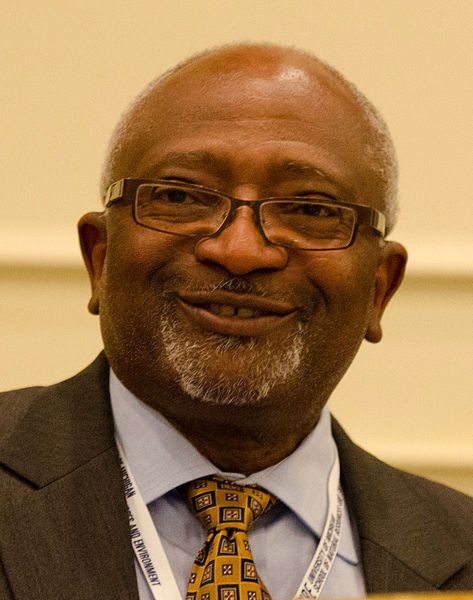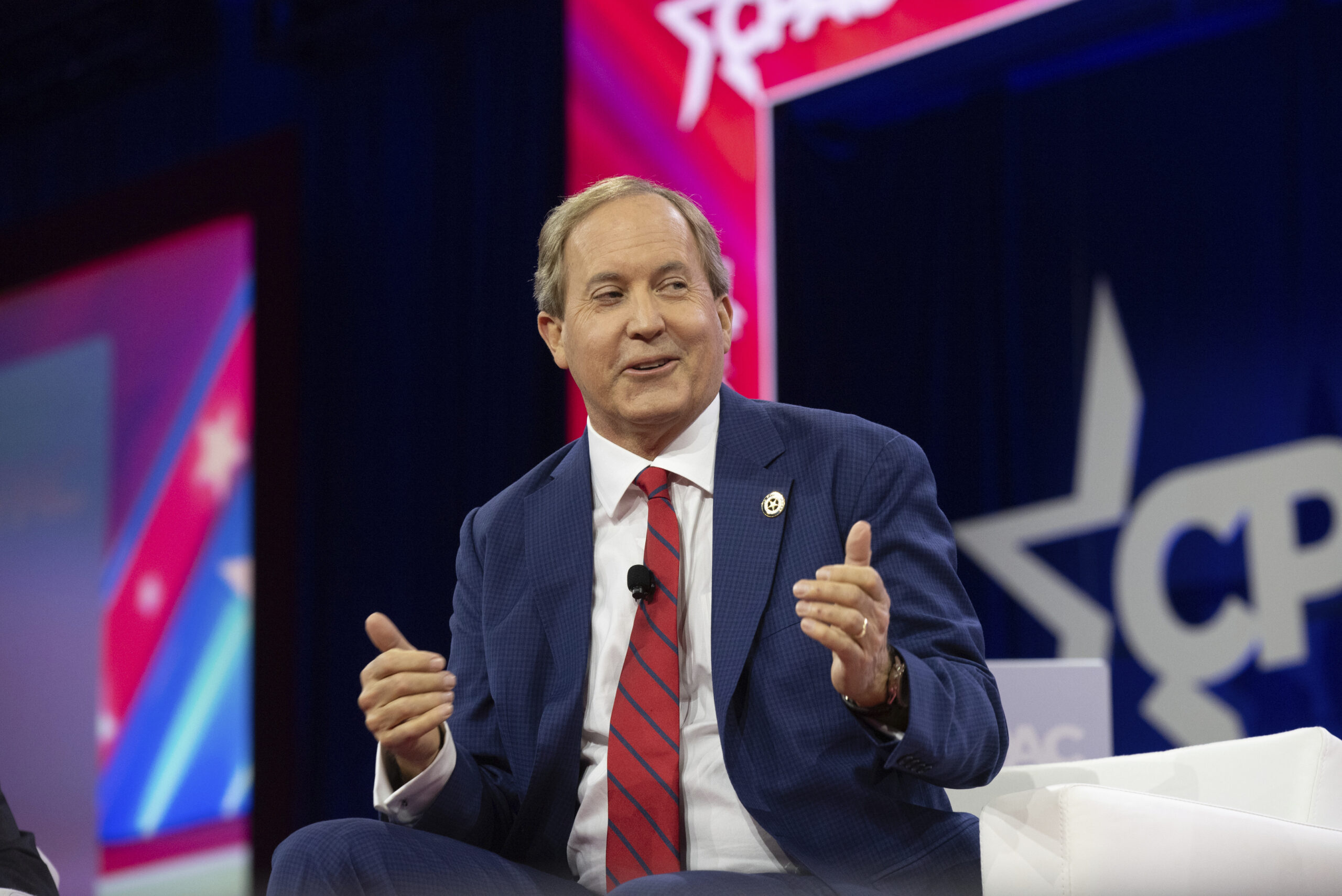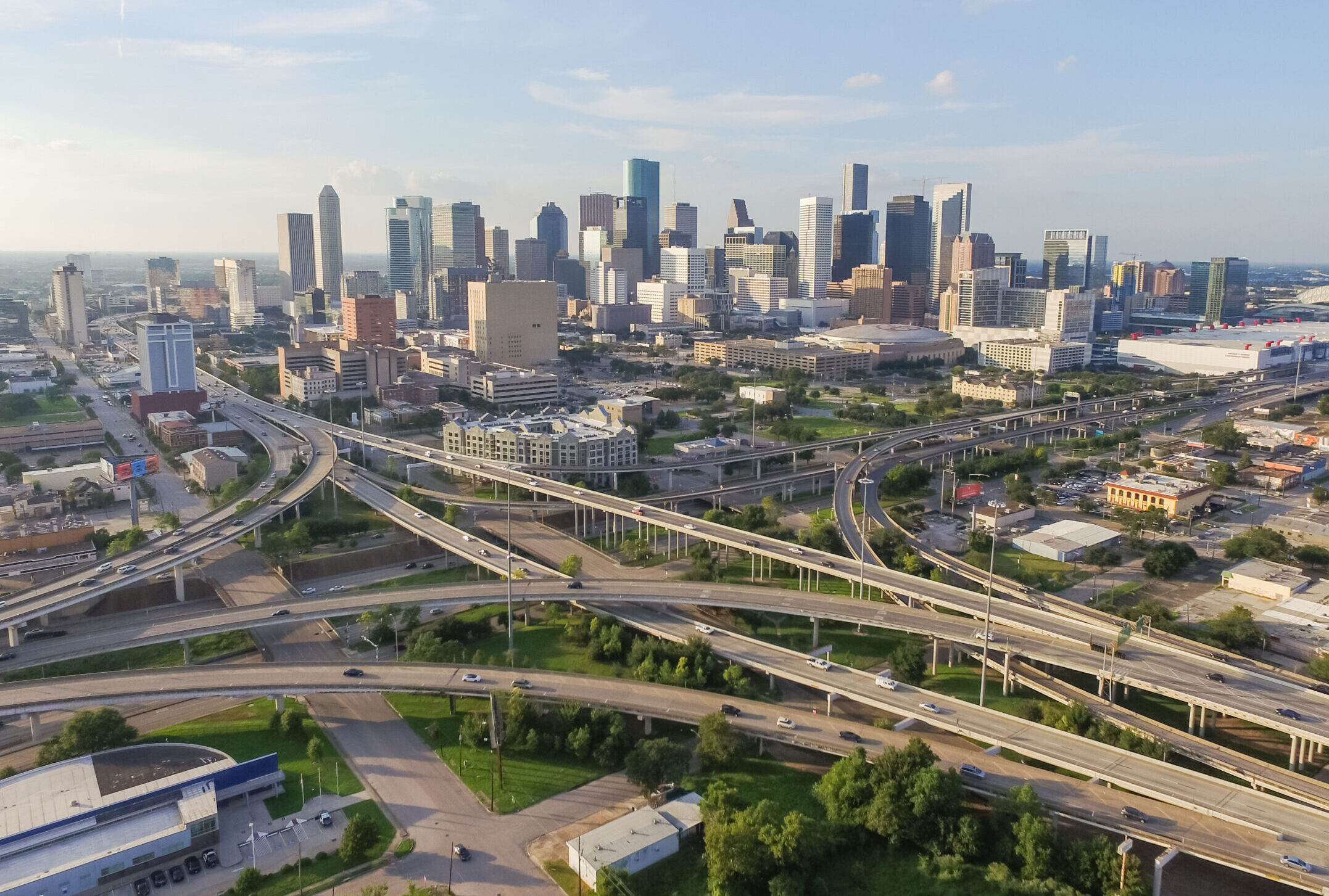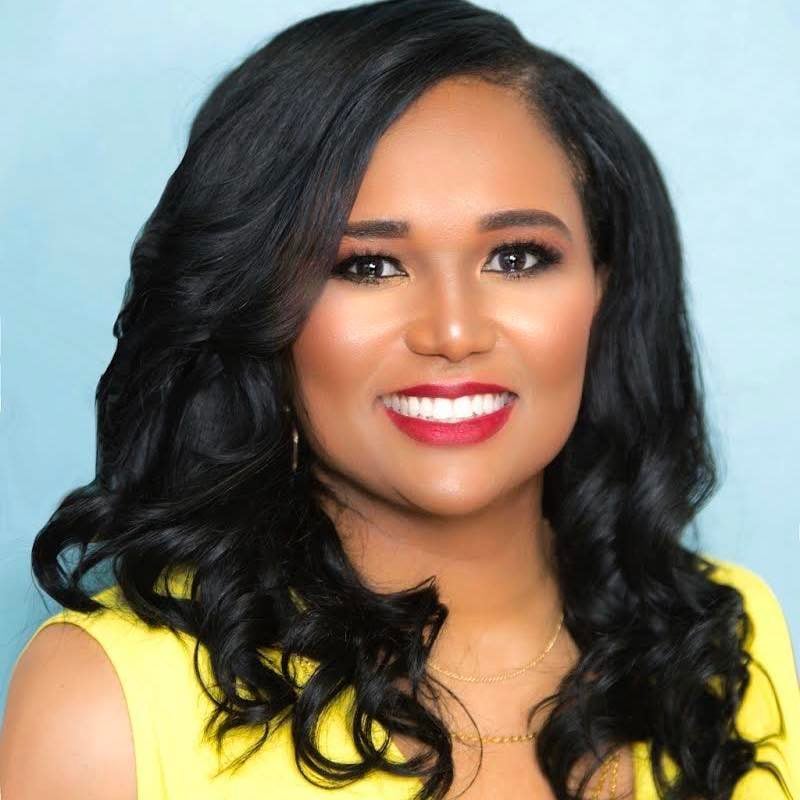
Through Boom and Bust, ‘Invisible Houston’ Persists

A version of this story ran in the December 2013 issue.
Above: Robert D. Bullard
When Robert Bullard—sociologist, activist and leader of the environmental-justice movement—published his first book, Invisible Houston, in 1987, the city was in the dumps. The oil boom of the late 1970s and early 1980s had turned to bust, and the job losses, foreclosures and emptied malls had tarnished the “Golden Buckle of the Sunbelt,” as the city was known in the boomtown years. But this was Houston, Texas, dammit, a city where all that is solid melts into air and you can do anything with enough money. Soon, the boosters got to work. “Houston, Back on Top to Stay” was the slogan that the Houston Economic Development Council came up with. And, sure enough, Houston emerged from the recession faster than other Texas cities and got back to the business of making money.
But Bullard’s 1987 book wasn’t about Houston’s rollercoaster economy celebrated by the town’s elite. It was about those who gain the least during the booms, lose the most during the busts, and remain invisible throughout. At that time, Houston was still a biracial Southern city, divided between an Anglo majority and a large black minority. It had yet to lay claim to its current cosmopolitanism or its startling new status as the most diverse city in the nation. In Bullard’s telling, it was Houston’s black community—the largest in the South at the time—that suffered largely in silence.
“They are basically invisible when it comes to power, the power to keep things that other people don’t want out of their neighborhoods, the power to get access to the economic infrastructure, the power to get access to the political infrastructure,” he told me.
Twenty-five years later, Houston is reveling in another boom, and poor residents are almost as invisible as ever.
In November, Bullard called together a group of activists, scholars and citizens—mostly African-Americans—at Texas Southern University for “Invisible Houston: Revisited.” After 25 years in California and Atlanta, Bullard returned to Houston two years ago to serve as dean of Texas Southern’s public-policy school. What Bullard sees now is a city that’s undergone dramatic transformation yet remains wedded to an old political structure. It’s a city (and state, really) that loves to tout its “miracle” economy that leaves too many of its citizens behind. It’s a city that barely bats an eye at giving $3 million in tax subsidies to Chevron for an office tower the company was going to build anyway, but balks at even crafting a housing policy for a struggling working class.
“We still have invisible Houston but now the population that’s invisible is much larger and is much more diverse,” Bullard said recently. “That diversity does not translate into the changing of the guards when it comes to the power. It’s like Oz. Who’s actually pulling the strings and running things? It’s not that 75 percent,” he said, referring to the percentage of Houston residents who are non-Anglo.
At the conference, Rice University demographer Stephen Klineberg said Houston has the most even distribution among the four great communities of major U.S. cities: 44 percent Hispanic, 23 percent black, 26 percent white, and 7 percent Asian and other. But don’t call it a melting pot. The city is deeply segregated geographically along race and class lines—a feature, not a bug, of its notoriously laissez-faire attitude. Sarmistha Majumdar, a professor at Texas Southern, said income-based segregation in Houston, based on her analysis of Census tracts, is the worst in the nation. Gentrification of old “inner-city” black neighborhoods is “turning the city inside out,” driving black and brown Houstonians to the “-lands” (Pearland, Sugarland, The Woodlands), where services are scant and public transit minimal.
Along the Ship Channel, the number of tons of carcinogenic pollution has dropped significantly over the decades, but the health impacts on nearby minority neighborhoods are even more disproportionate now than they were in the 1980s—another consequence of inequality.
Still, Bullard is upbeat about the prospects for change. “I am very hopeful,” he said. “When I left 25 years ago, there were not that many people doing the work I do and now there is a whole cadre, a whole army.”
To support journalism like this, donate to the Texas Observer.

